Exploring Watercolor and Charcoal Together
I was sorting scanned image files in my archives, and I forgot about this watercolor and charcoal painting of an imagined scene. Eve is riding with her friend, a juvenile crow, exploring the garden, when a serpent in an apple tree beckons her to come closer. At the time, I had just discovered the amazing illustrators Jessie Willcox Smith [1863-1935], and Elizabeth Shippen Green [1871-1954], who both used watercolor and charcoal together.
In a used book store, I found The Red Rose Girls, a chronicle of the unconventional life of three women artists – Smith, Green and Violet Oakley [1874-1961] A trio of female, full time illustrators shared a home and studio in the early 1900’s, when women in the field were scarce. At the time, woman were prohibited from taking life drawing classes at most art schools. Smith, Oakley and Green photographed each other, their friends and their family members as models for their work. The book propagated my exploration of watercolor and charcoal together in paintings and drawings.
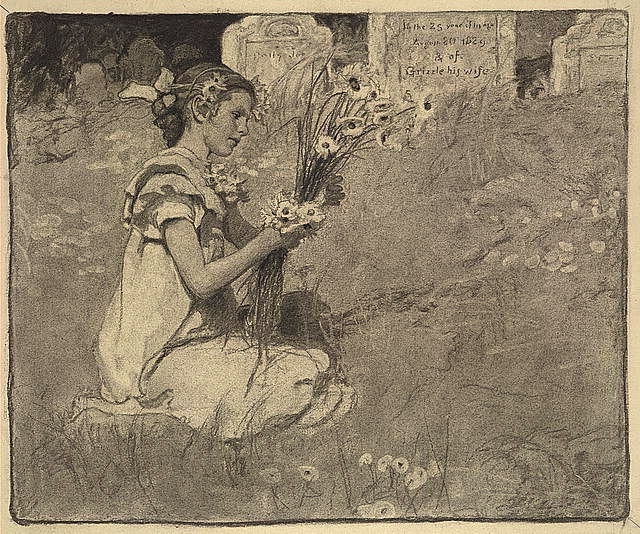
Artistic Influence and Inspiration
Reading about these artists – who I admire so much – has me pondering the way artistic influence and inspiration works on us. Look closely at the way another artist makes their art, and you collect little ideas here and there to fold into your own paintings. It’s like trying on a hat, and looking in the mirror to see if you like the way it frames your own face.
I’m not referring to copying another artist’s work stroke for stroke, or copying masterworks as a practice. That would be more akin to climbing inside a Chewbacca costume and looking in the mirror. There’s none of you in the image, but the experience of painting exactly like someone else may inform your future paintings.
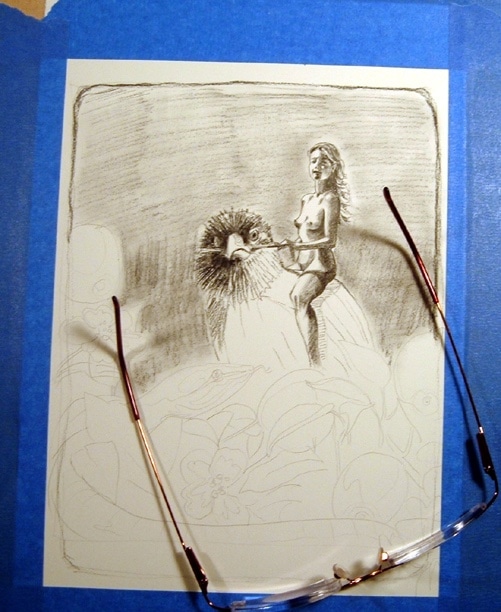
Influenced by Printmaking
When I discovered Jessie Willcox Smith and Elizabeth Shippen Green’s work, I was intrigued by their use of watercolor and charcoal together. I was already enamored with Japanese woodcuts, and watercolor used with pen and ink. I really enjoy layering color on the black ink of my monotype prints and woodcuts and linocuts.
Discovering Smith and Green launched all sorts of studio experiments with different papers, and layering watercolor and charcoal together, but without a muddy mess. It’s do-able, and simpler than you might think, but it takes a soft touch.
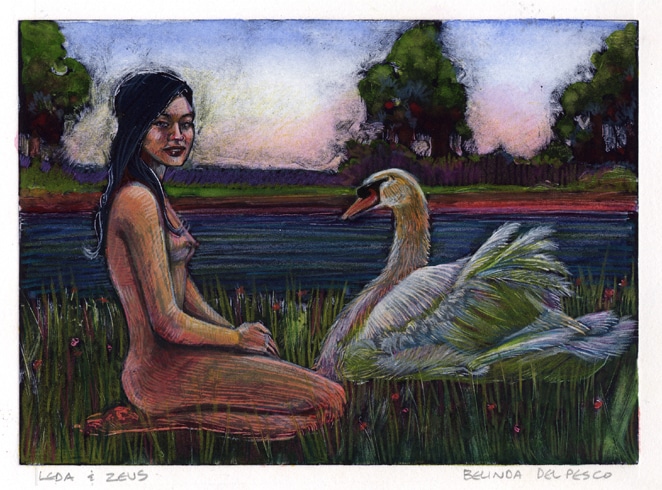
Inspiration from Words
The illustration below recounts Green, with her housemates Jessie Willcox Smith and Violet Oakley, and other friends, enjoying a garden party on the grounds of the Red Rose, the home the three artists shared. The zig-zag composition is anchored beautifully by the children playing with the dog in the foreground.
Her charcoal under-drawing acts as a grisaille for the watercolor. Elizabeth chose the title from a line of Henry Van Dyke’s poem Inscriptions for a Friend’s House, (below). It’s easy to imagine the close friendship between these women artists.
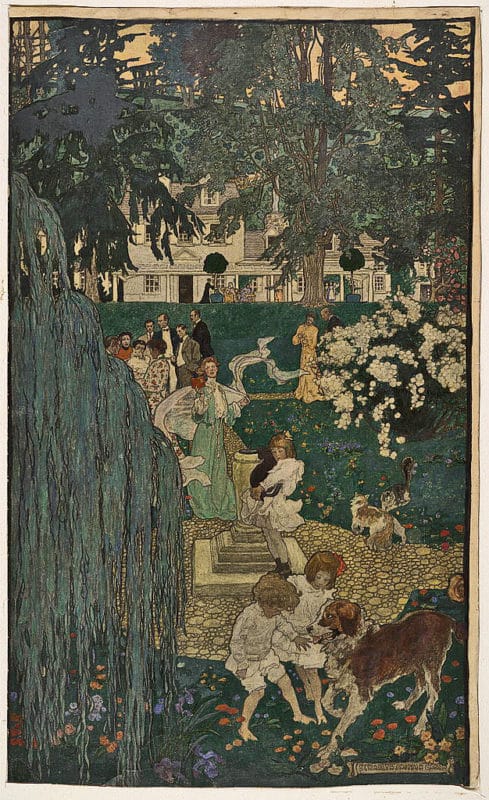
~Henry Van Dyke – Inscriptions for a Friend’s House
THE HOUSE
The cornerstone in Truth is laid,
The guardian walls of Honour made,
The roof of Faith is built above,
The fire upon the hearth is Love:
Though rains descend and loud winds call,
This happy house shall never fall.
THE DOORSTEAD
The lintel low enough to keep out pomp and pride:
The threshold high enough to turn deceit aside:
The doorband strong enough from robbers to defend:
This door will open at a touch to welcome every friend.
THE HEARTHSTONE
When the logs are burning free,
Then the fire is full of glee:
When each heart gives out its best,
Then the talk is full of zest:
Light your fire and never fear,
Life was made for love and cheer.
THE SUN-DIAL
Time can never take
What Time did not give;
When my shadows have all passed,
You shall live.
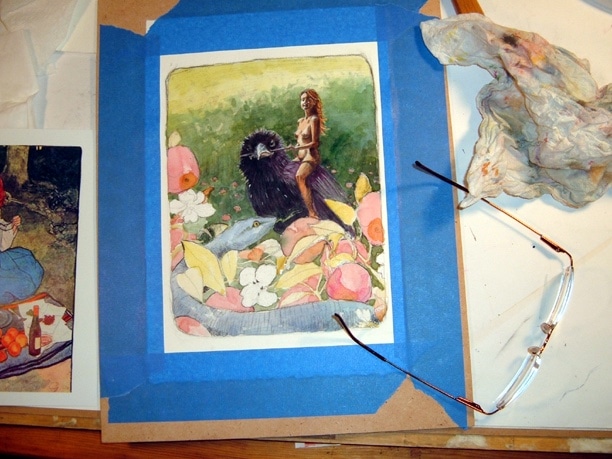

Illustration Process in 1900
There isn’t a lot of information about the process Smith and Green used to make their illustrations. I read that Smith did drawings in charcoal, and then layered them with fixative before adding watercolor. She sometimes applied thin layers of oil paint, and then finished with more charcoal, and additional fixative.
What artists used to fix charcoal in 1902 is a question for an archivist. (I’ve read that some artists soaked their charcoal sticks in linseed, or olive oil, to help tack the particles to their support.) But with modern fixatives, I remember an experience with watercolor beading on fixed paper, during an experiment with a large figurative charcoal drawing in college. So, no fixative for me.
To avoid that frustration while painting the girl and the crow and the snake, I worked on plate finish bristol, and buffed the charcoal into the paper with paper towel. When nothing fluttered off the drawing while I flicked the back of the support board, I started adding watercolor.
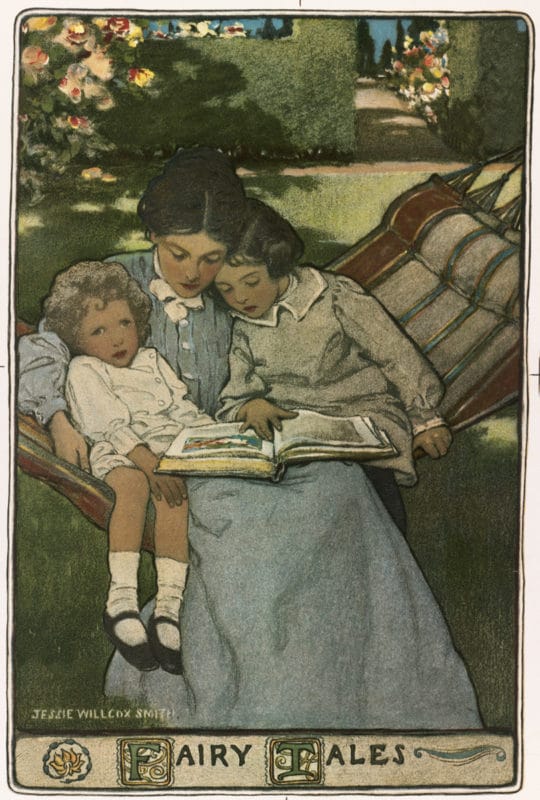
Mixing Dry and Wet Pigments
Adding watercolor to a charcoal drawing can be done without fixative, if you follow a few caveats. If the charcoal is gently buffed into the paper with a blending stump, or a twist of paper towel, the powdery particles affix themselves more securely to the paper’s surface.
Layering the watercolor on top of the charcoal in single-strokes of transparent glazes also flattens the charcoal’s particles. The same gum arabic binder that binds watercolor pigments together also collects and settles the charcoal pigments. You can add a few drops of the gum arabic to your rinse water to help with that. The trick is to use a light touch, and an economy of brush strokes, letting each layer dry before moving onto the next.
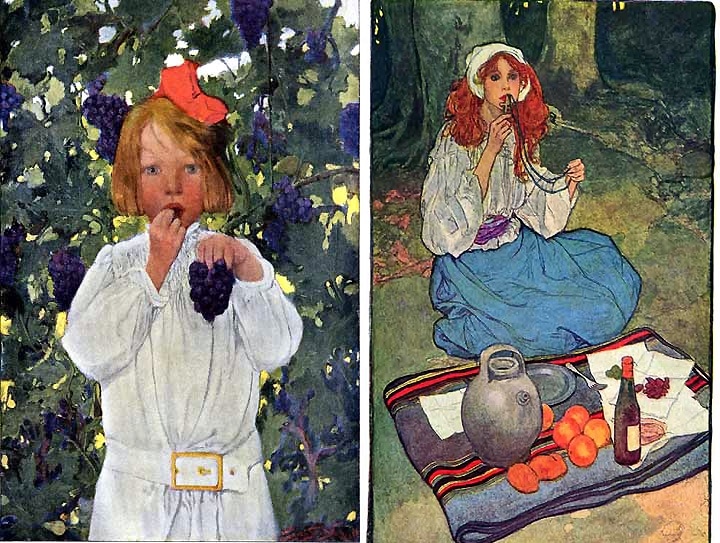
Left: “Girl eating Grapes”, 1905 Sarah Stillwell ~ Right: “Miguela, kneeling still, put it to her lip”, Elizabeth Shippen Green for Harper’s Magazine, 1906
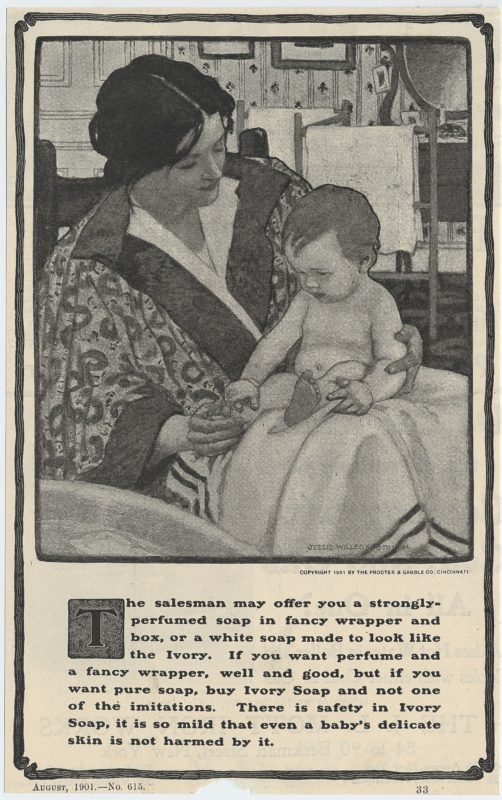
The Staying Power of Influences
Years later, I still swoon for each artist’s design, color choices and drawing skills. And the pop of black line under or around colored pigments always steals my attention in woodcuts, monotypes and vintage illustration.
I haven’t made any new art with a deliberate lean towards Smith and Green’s portrait style, but maybe I should work on a little charcoal and watercolor something this summer? Perhaps I’ll re-read the Red Rose Girls too. Now that I think of it, I have a mother and child linocut influenced by these fine artists, but it’s just a drawing on the block, so far. Nothing carved yet.
What should I work on next? A charcoal and watercolor painting, or a linocut?
Thanks for stopping by today, and I’ll see you in the next post –
Belinda
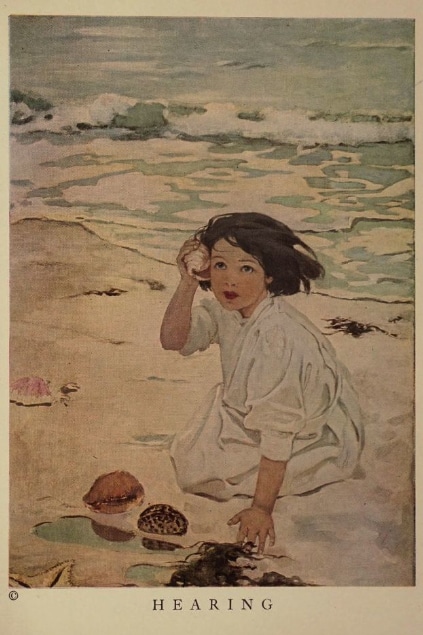
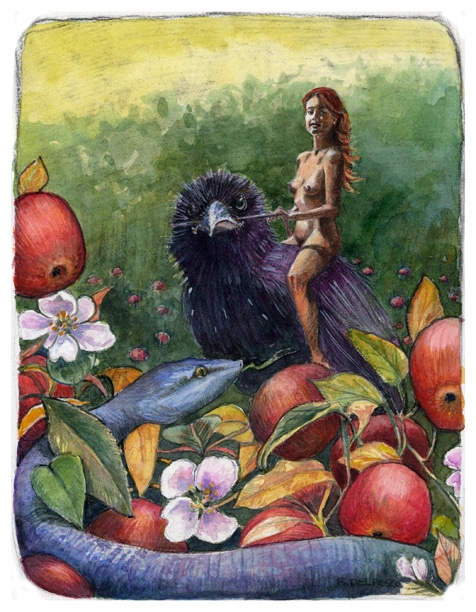
Art Quote
[Elizabeth Shippen] Green’s [1871-1954] use of photographs to compose and inform her drawings was advanced – most illustrators did not make common use of photography till many years later. By wisely using the many resources available to her – photography, clipping files, above all, her training and facility in many different media – Elizabeth Shippen Green developed a complex method of drawing that enabled her to produce a wonderfully varied body of work during a long and fruitful career.
Richard Kelly
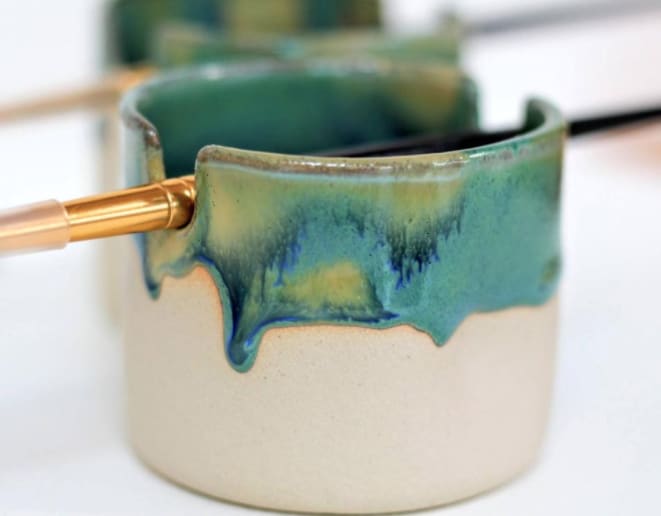
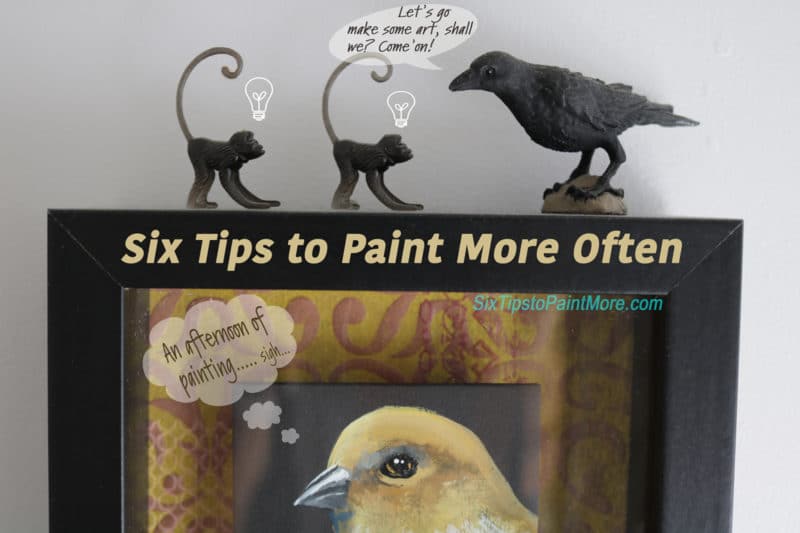

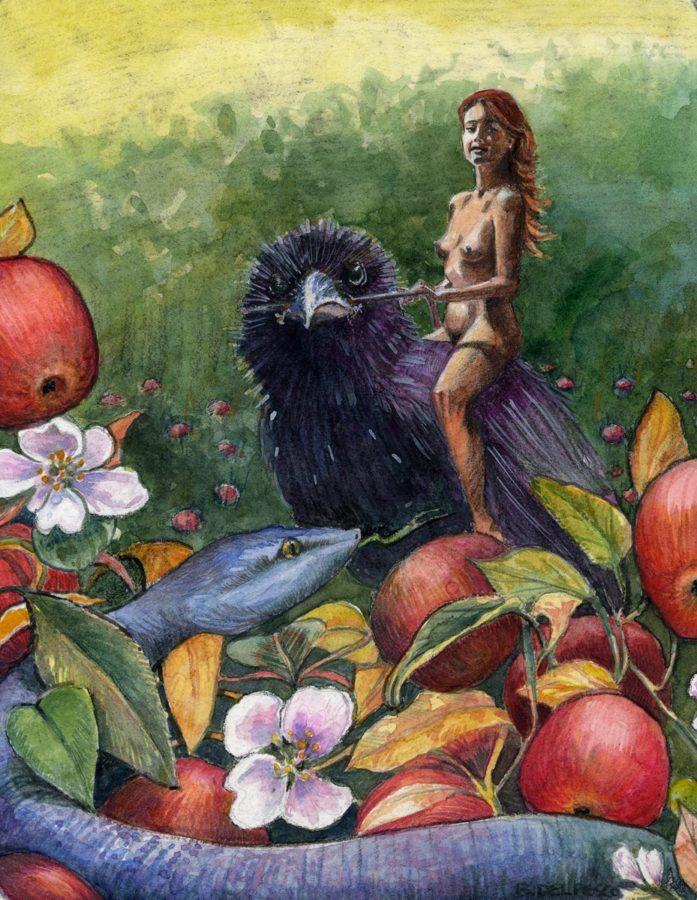
Hi Jennifer, I’m glad this post spoke to you, and inspired a little experimentation between two of your favorite art supplies! I hope the results make you pleased, and the inspiration lasts for months. Thanks for the feedback! B.
Thank you for an article inspiring in multiple directions – both the amazing work of women in the early 20th c and some encouragement to go ahead and play with mixing two of my favorite media. I began with a study and reinterpretation of “Aletha was not afraid of the old graveyard”. I can’t wait to try more.
Thanks for sharing! I had forgotten about these great women illustrators!
Hi Kim,
I’m glad to know you appreciate these ladies too. It’s hard to comprehend what they must have dealt with to get their commissions and negotiate in the business world as it existed then. Happy painting to you!
Wonderful blog post, Belinda. Insightful and inspirational.
Hi there, David! Thanks so much for the compliment. Are you making any monotypes lately?
Thank you, dear neighbor, for the finest of comfort foods – butter and sugar can’t be anything but delightful. I shall eat it with a cup of coffee as I sit under the blossoming pear trees, listening to bees and their buzzing diligence. Picking crumbs off my lap.
Patricia, Good morning from under the macadamia nut tree. Thanks for your visit. Cookies and coffee, and good thoughts to you for an art-filled day, sharing a few crumbs with a squirrel. 🙂
Thanks for the cookie. I loved today’s blog and will try this. Thanks again.
Good morning Sally, Thanks for your visit, and come back for cookies anytime. Especially for breakfast, with coffee or tea. 🙂 Have fun experimenting!